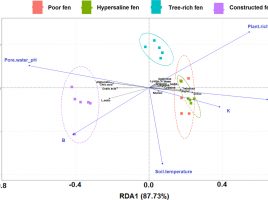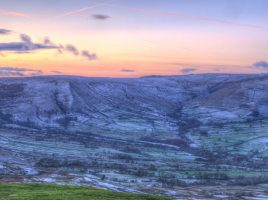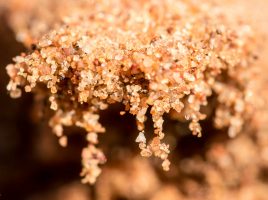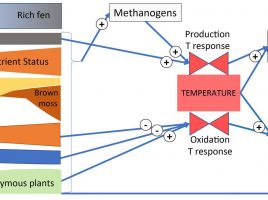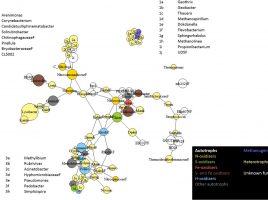Bio-protection of cementitious materials below ground: The significance of natural soil environments
This study explores the potential impact of natural soil on concrete crack self-healing in sub-surface structures. Three types of pre-cracked cement mortar samples were prepared for laboratory experiments, with some samples inoculated with bacterial healing agents, others supplemented with nutrients to attract indigenous soil bacteria, and plain mortar served as …

